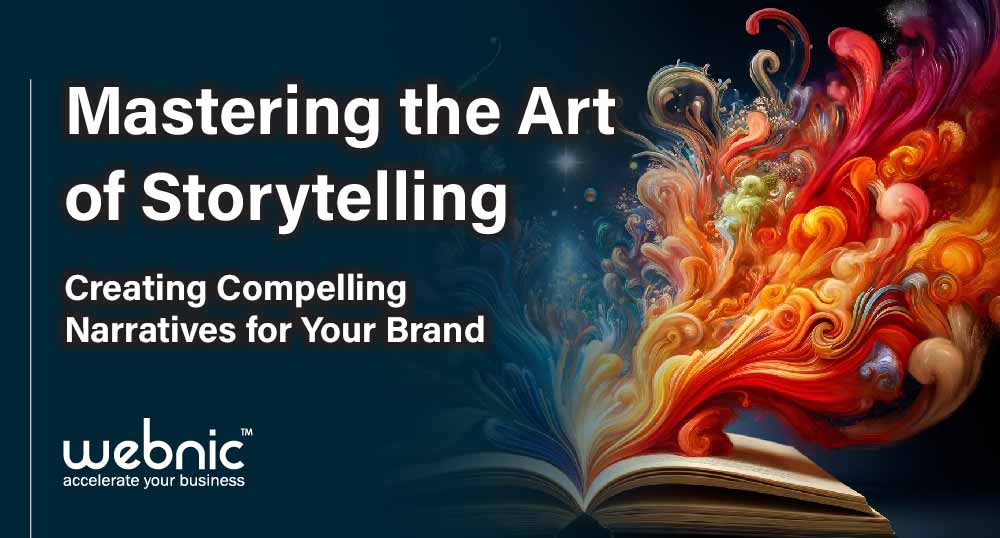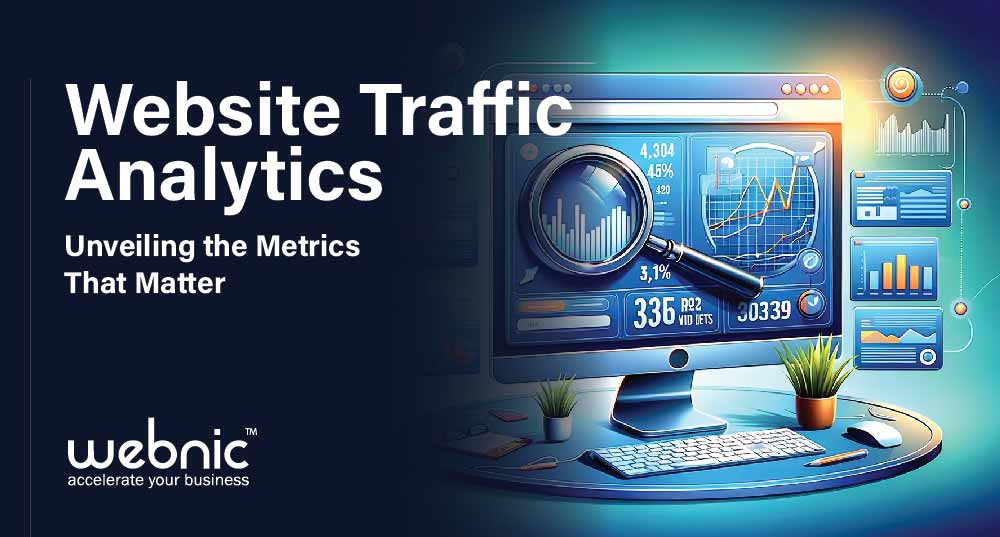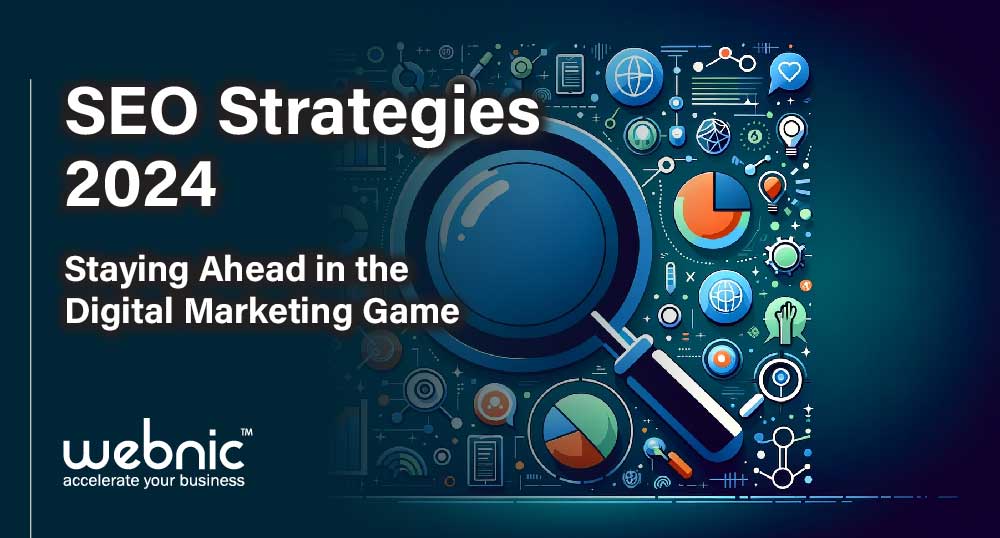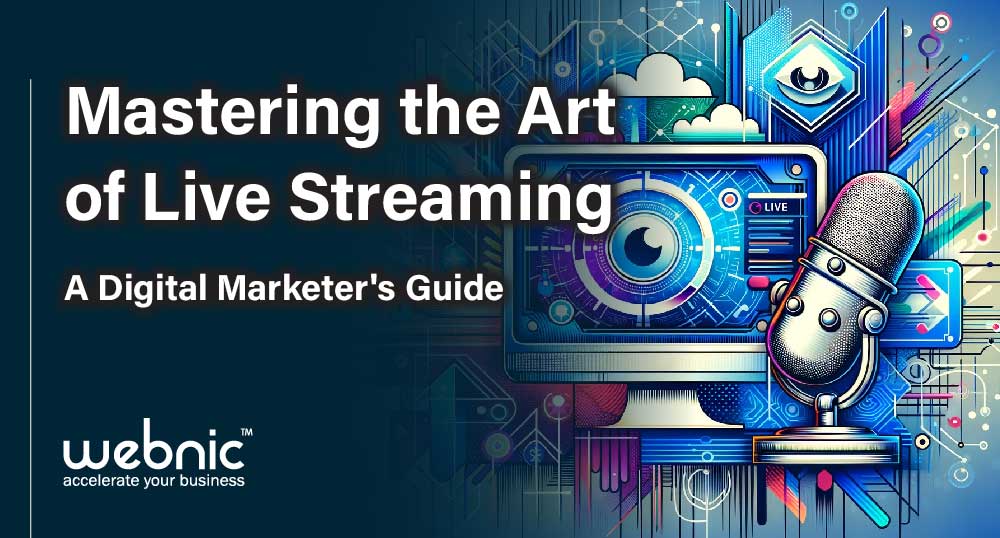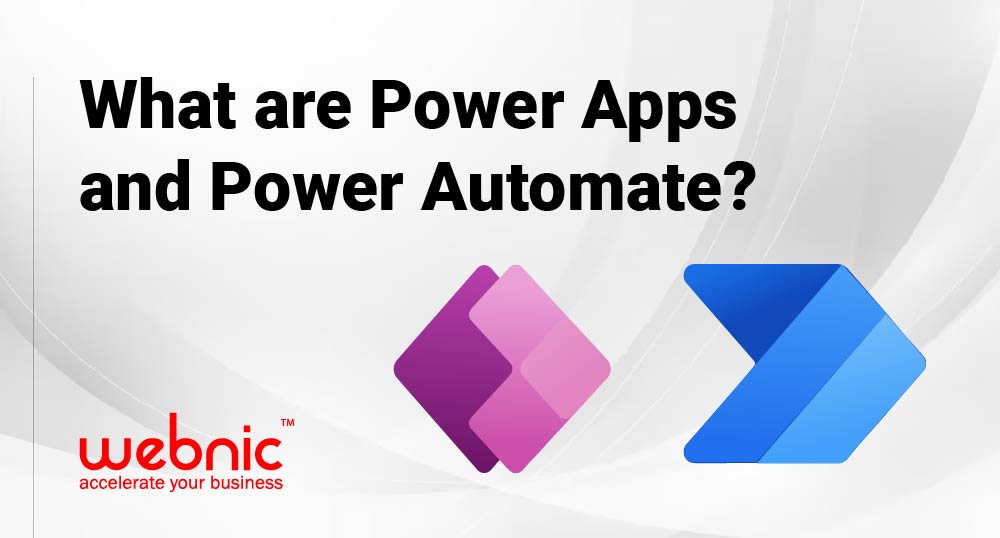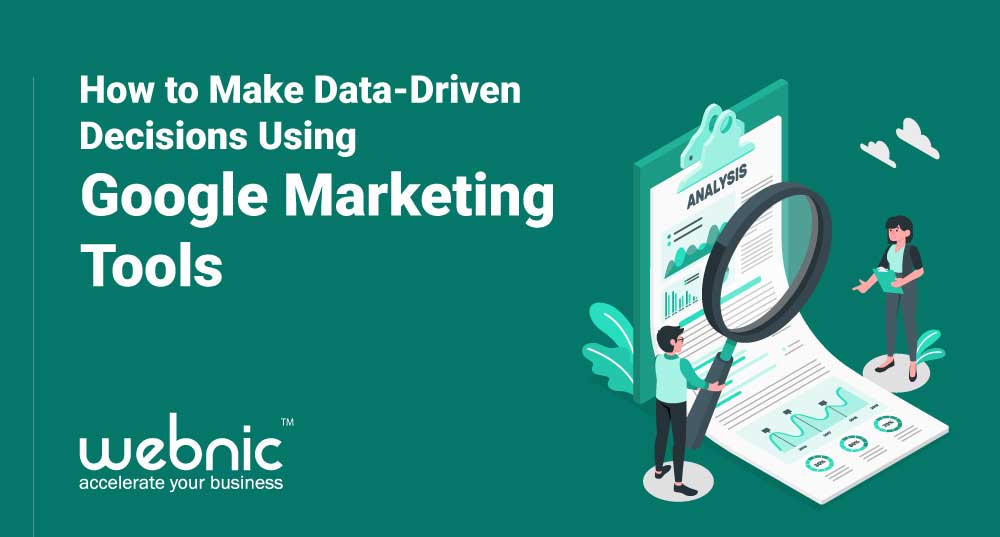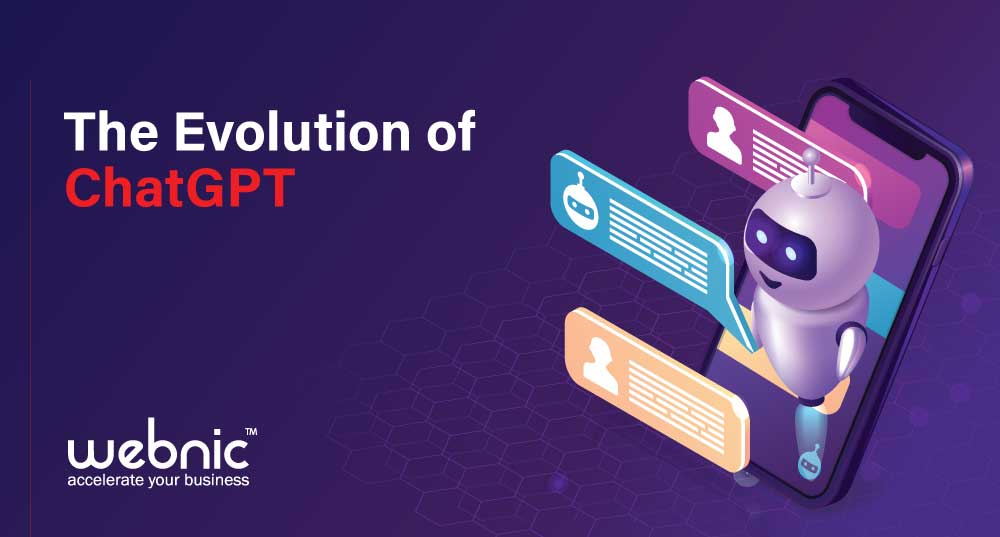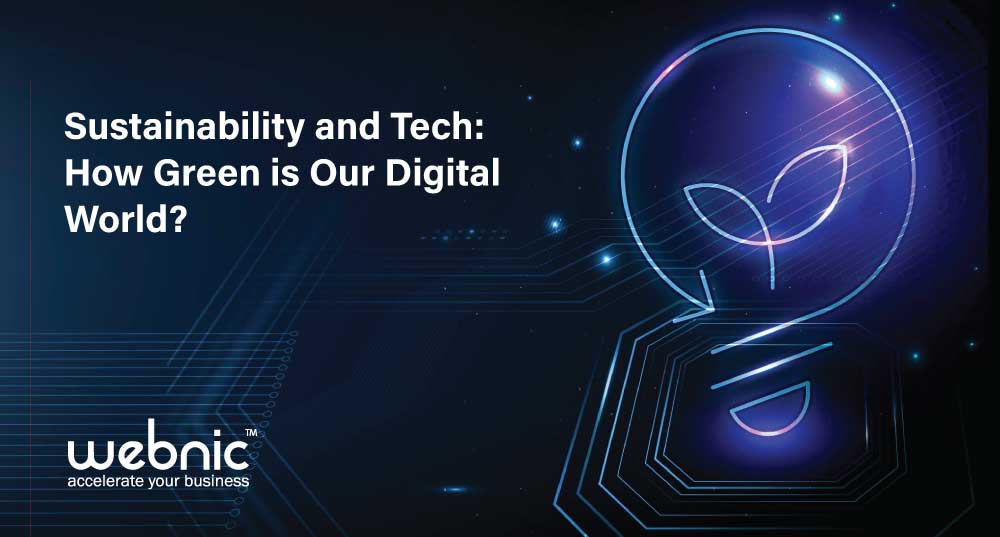In a world of advertisements and information overload, capturing your audience’s attention has become more challenging. Amidst this noise, the power of storytelling emerges as a beacon of authenticity and connection. Brands that master the art of storytelling can cut through the clutter and forge more profound, meaningful relationships with their customers. But what...
Website Traffic Analytics: Unveiling the Metrics That Matter
In today’s digital age, having a website is crucial for businesses to establish an online presence. However, more than merely having a website is required; you need to analyse your website traffic to understand its performance effectively. Website traffic analytics provide invaluable insights into your audience’s behaviour, helping you make informed decisions to enhance...
Beyond Likes: Data-Driven Approaches to Amplify Your Social Media Presence
A robust social media presence is essential for people and companies today. This is true for both individuals and corporations. However, it is possible that more than just amassing many likes and follows is required to have a significant influence. You need to embrace data-driven strategies that go beyond surface-level analytics if you want...
Ensuring Brand Integrity: Strategies to Combat Plagiarism in the Digital Landscape
Plagiarism is the act of copying someone else’s work and using it as your own. It is frowned upon and banned in most companies, businesses, and freelance work. It is widespread in schools and assignment work, where most topics, references, and words are the same. Statistics reveal that at least 68% of students plagiarise...
SEO Strategies 2024: Staying Ahead in the Digital Marketing Game
Keeping one step ahead of the competition is necessary for success in the constantly shifting world of digital marketing. Considering that search engine optimisation (SEO) is a fundamental component of online visibility, continuously improving and modifying your methods to remain current with the most recent trends and algorithms is of the utmost importance. As...
Mastering the Art of Live Streaming: A Digital Marketer’s Guide
Within the current digital environment, live streaming has evolved into a potent instrument that digital marketers may use to interact with their audience in real time. Because of the meteoric rise in popularity of live streaming platforms such as Twitch, YouTube Live, and Facebook Live, it is now necessary for marketers who want to...
What are Power Apps and Power Automate?
Use PowerApps or Power Automate to its best potential, depending on your specific circumstances. Microsoft PowerApps is a powerful platform for creating custom applications, and it can benefit small businesses with few final consumers. Introduction You’ve undoubtedly heard about PowerApps and Power Automate if you’re familiar with the Microsoft Office 365 ecosystem. There is...
How to Make Data-Driven Decisions Using Google Marketing Tools
In today’s digital landscape, data is king. Businesses of all sizes rely on data to make informed decisions, refine marketing strategies, and drive growth. As a dominant force in the online world, Google offers powerful marketing tools to help you collect, analyse, and leverage data effectively. This blog post will explore how to make...
The Evolution of ChatGPT: From Text-based Conversations to Multi-modal AI Experiences
In artificial intelligence, the evolution of conversational agents has been nothing short of a captivating journey. One of the most striking and revolutionary developments in recent years has been the progression of OpenAI’s ChatGPT. This state-of-the-art language model has embarked on a transformative odyssey, transitioning from text-based interactions to embracing the expansive world of...
Sustainability and Tech: How Green is Our Digital World?
In today’s fast-paced digital age, the words ‘sustainability’ and ‘technology’ resonate more than ever. As constant innovations and digital advancements surround us, one cannot help but ponder: How sustainable is this rapid digital expansion? The impact of our technological activities on the environment is profound, leading many to question the actual cost of our...

